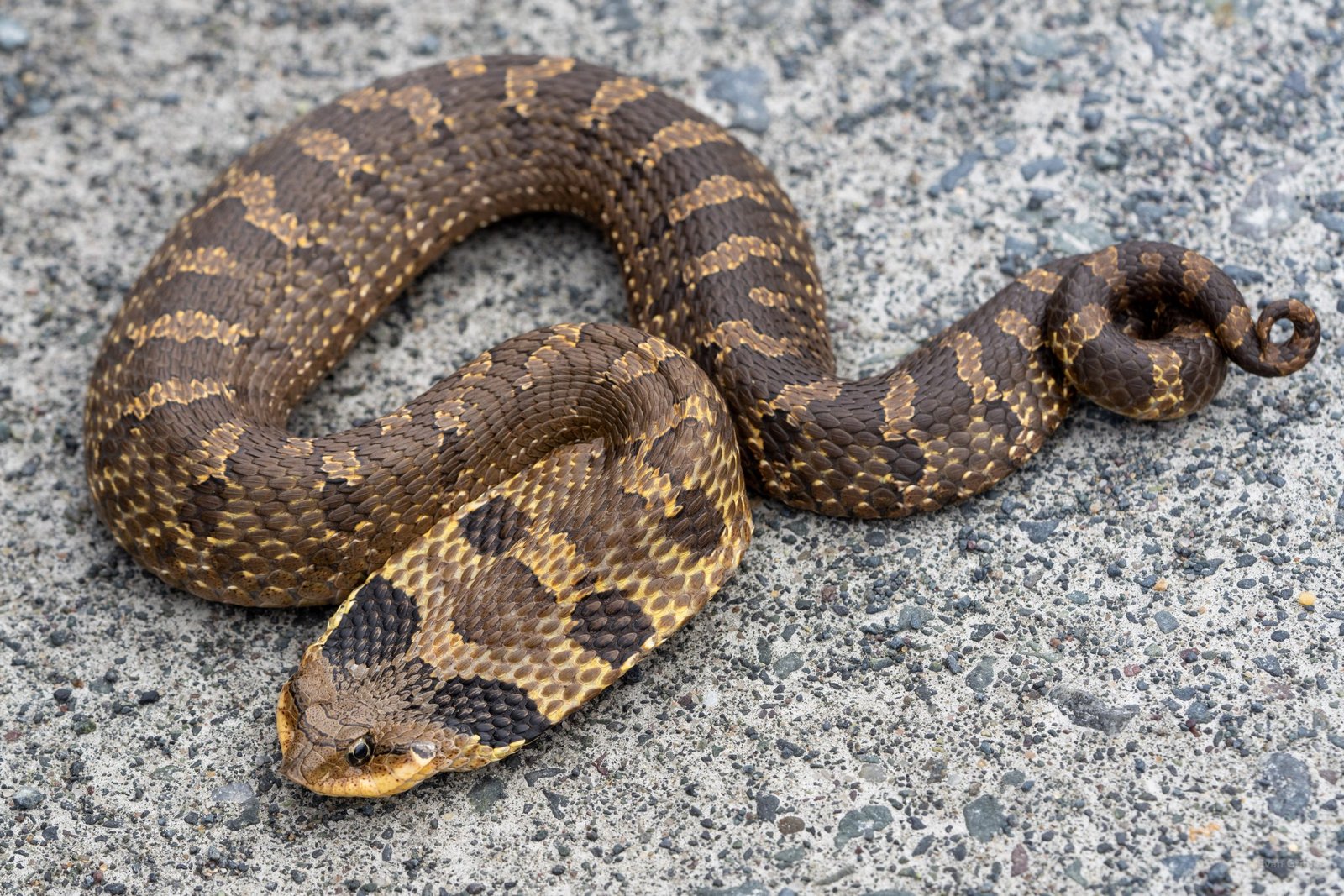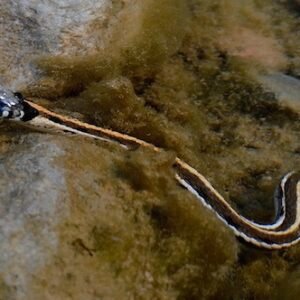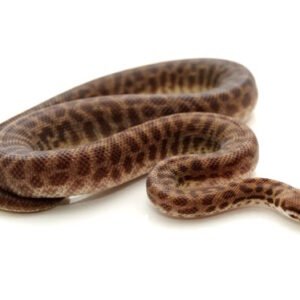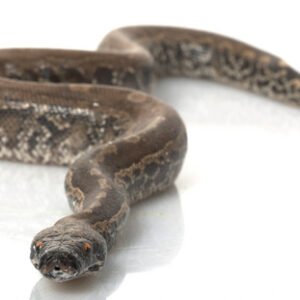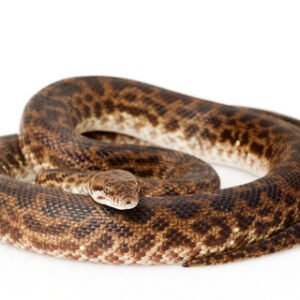Physical Characteristics and Behavior
The Eastern Hognose snake (Heterodon platirhinos) is a remarkable species known for its unique physical characteristics, particularly its distinctly flattened, upturned snout. This specialized morphology aids the snake in burrowing and foraging for prey, allowing it to navigate through sandy or loose soils with ease. The upturned snout not only contributes to its practical adaptations but also gives the Eastern Hognose a unique appearance that sets it apart from other serpents.
In terms of coloration, the Eastern Hognose exhibits a range of variations, typically including shades of gray and brown. Some individuals are adorned with striking patterns such as spots and stripes, which serve to enhance their camouflage within natural habitats. This ability to blend into the environment is vital for evading predators and hunting for food. The diverse colorations can vary significantly among populations, showcasing the adaptability of this species to different ecological niches.
Behaviorally, the Eastern Hognose snake exhibits intriguing traits, particularly when it comes to its defensive mechanisms. When threatened, this species is known for its ability to play dead, an extraordinary response that can dissuade potential threats. Additionally, they may hiss or flatten their bodies in a display of intimidation, further enhancing their defensive behavior. When it comes to diet, the Eastern Hognose primarily feeds on amphibians, particularly toads, utilizing their specialized fangs to subdue and consume prey. Their foraging capabilities, combined with their unique hunting methods, underscore their role in maintaining balance within the ecosystem. Overall, the physical characteristics and behaviors of the Eastern Hognose snake contribute significantly to its survival and ecological niche.
Habitat and Conservation Status
The Eastern Hognose snake (Heterodon platirhinos) predominantly inhabits a variety of natural environments in the eastern United States and parts of Canada. Commonly found in sandy or loose soil areas, this species thrives in habitats such as grasslands, open woodlands, and even burrows in sandy hills. These conditions allow the Eastern Hognose to effectively camouflage and hunt for its primary prey, which includes toads and other amphibians. However, this adaptability is increasingly threatened by anthropogenic factors.
Habitat destruction remains one of the most significant challenges facing the Eastern Hognose snake. Urban development, agriculture, and logging have led to a significant reduction in their natural habitats, fragmenting populations and isolating them from crucial resources. Furthermore, climate change poses additional threats by altering their ecological niche, impacting prey availability, and disrupting breeding patterns. The combination of these factors has placed considerable stress on Eastern Hognose snake populations, leading to declines in their numbers in certain regions.
In response to these concerning trends, conservation efforts are underway aimed at safeguarding the Eastern Hognose snake and its habitat. Organizations and government agencies are working to restore natural landscapes, create protected areas, and implement regulations to mitigate habitat destruction. Educational outreach programs play a crucial role in fostering public awareness regarding the ecological importance of the Eastern Hognose. By engaging communities, these programs help promote understanding and appreciation for the species, encouraging local conservation efforts.
In conclusion, the Eastern Hognose snake is a unique species that relies on specific habitats which are increasingly threatened by human activities and climate change. Collaborative conservation efforts, along with public education, are vital to ensuring the survival of this fascinating reptile and the preservation of its environment.

